June 11, 2021
In the Shadow of Big Oil: Neighborhood Drilling in California
California will finally stop allowing oil wells near people’s backyards.
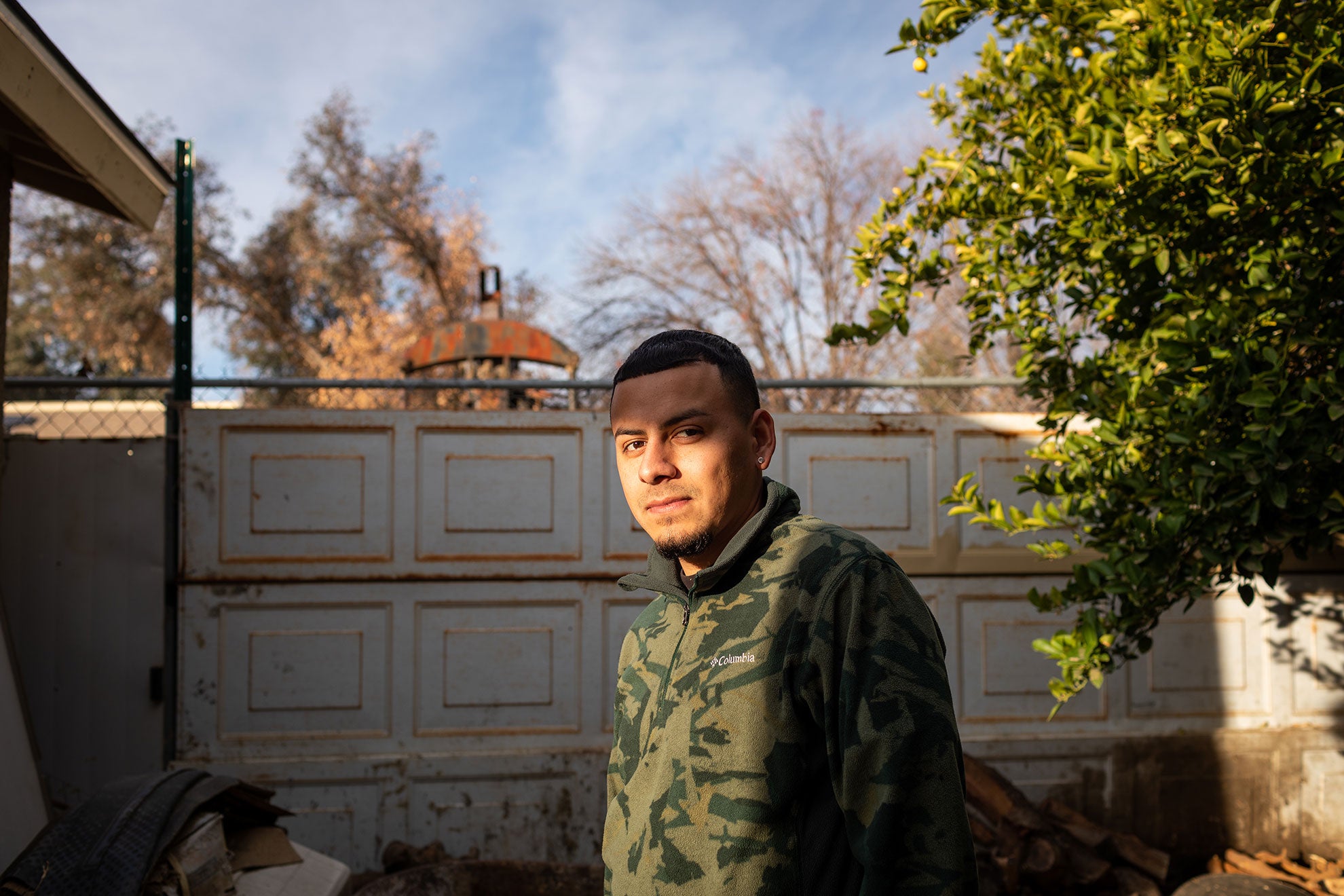
When the oil rigs looming over Diego Martinez’s backyard start drilling into the earth, his house shakes so violently that the noise of the keys hanging in the hallway echoes through the house.
“Literally all my life, I’ve been hearing it,” says Martinez. “We always wonder why an oil company is allowed to drill right next to our house. The well is only about 20 feet from my bedroom window. Whenever people visited us they would ask, ‘What’s that noise? Why does everything shake?’”
Martinez’s experience is not unique in California’s rural Central Valley, which contains 70% of the state’s oil operations. It may seem surprising for a state often heralded as a leader in environmental progress; yet for over a century, California has failed to adequately regulate its own oil and gas industry — with devastating health effects for the people forced to live near it.
Now, California is getting serious about addressing environmental injustices caused by its oil and gas policies.
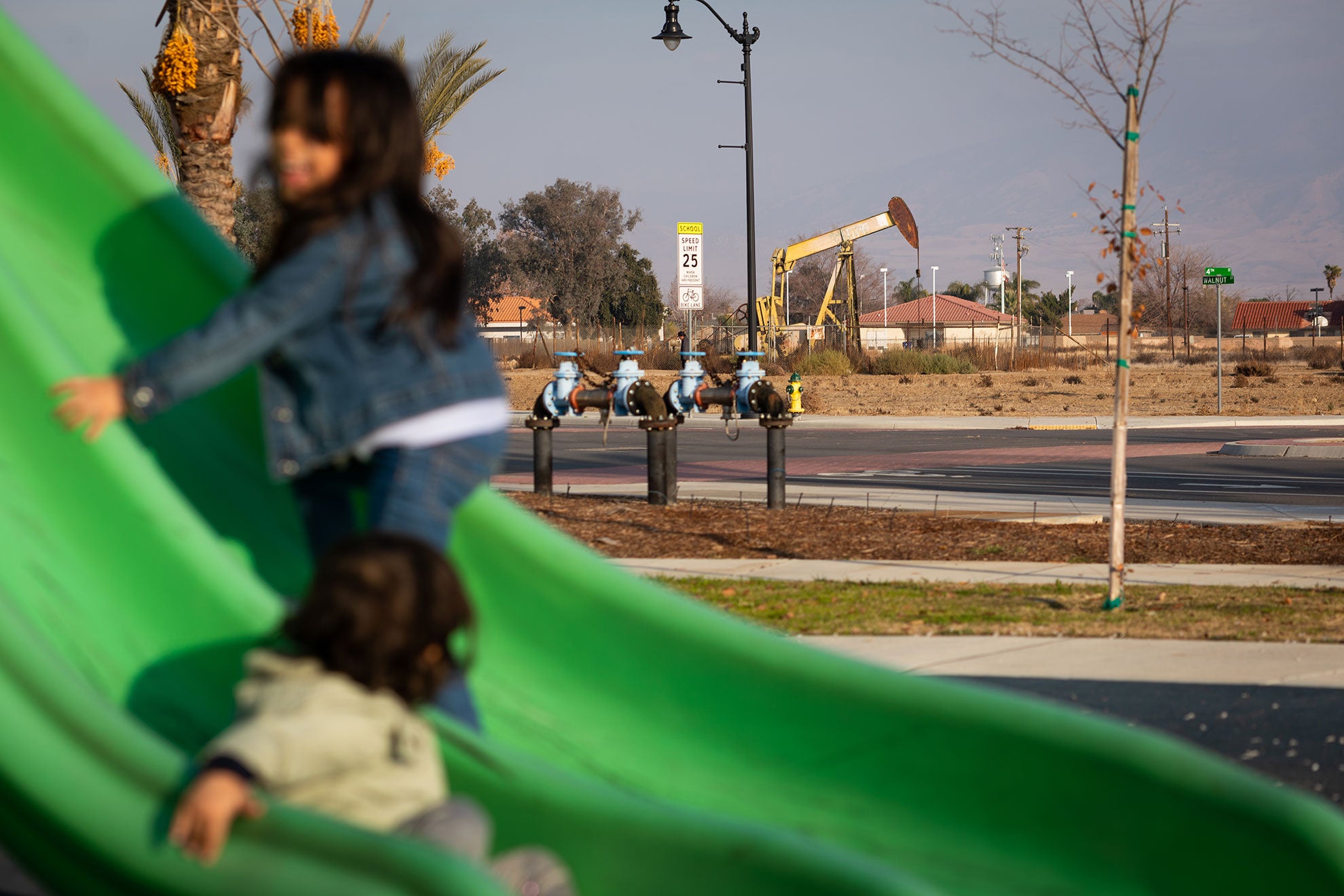
In 2022, the California state legislature passed a bill, S.B. 1137, that bans new or reworked oil and gas wells anywhere in the state within 3,200 feet of homes, schools, nursing homes, hospitals, and prisons.
Critically, the bill requires safeguards for people like Martinez who live near existing drilling operations. These include tracking the release of toxic emissions from wells and storage tanks, restricting disruptive noise, and other measures. Earthjustice worked closely with environmental justice groups, testifying in the state capital and urging the passage of S.B. 1137.
Originally scheduled to go into effect in Jan. 2023, the law is now on hold for a year and a half after an industry-led effort to overturn the law resulted in a statewide referendum. The industry ultimately withdrew its referendum in June 2024, meaning S.B. 1137 is now in effect in California and millions of Californians are benefitting from its protections.
The driving forces behind the safeguards in S.B. 1137 were frontline and environmental justice groups who are sick of the state using their neighborhoods to prop up a polluting industry.
It is a promising step toward protecting California communities from oil and gas pollution — and creating a path to a clean energy future that breaks the century-old injustices of California’s oil and gas policies.
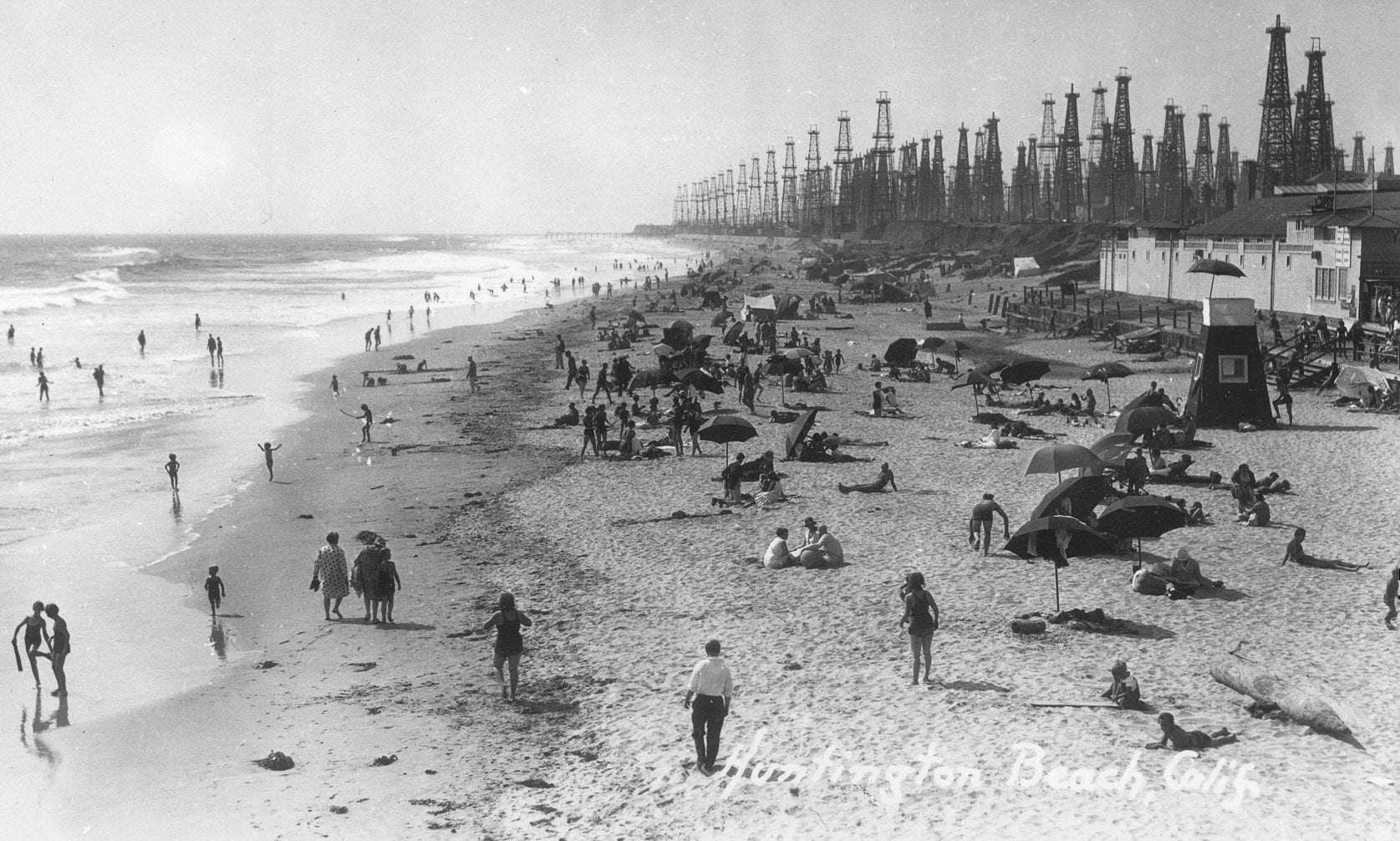
A Century of Oil
In the 1890s, oil was discovered in what is now the Echo Park area of Los Angeles, sparking a rush.
Companies like Standard Oil of California (which later became Chevron) deeply transformed the city’s landscape by extraction as the industry boomed.
Oil derricks went up in neighborhoods, on beaches, and even along the touristy Venice Canals — a glitzy set of manmade canals near the beach complete with gondolas and a rollercoaster — as California became the country’s largest oil producer.
Several earthquakes in that era, including the 6.4 magnitude Long Beach earthquake in 1933 that killed 120 people, were likely caused by the industry’s early practices.
By 1930, California produced nearly one quarter of the world’s oil output.
But in that time, other economic engines in the Golden State were roaring, and its population had grown to 1.2 million residents. In the decades that followed, the state’s political leaders allowed oil and gas development to continue even as Southern California’s small towns were quickly becoming major population centers.
Today, despite shrinking oil reserves and the growth of affordable clean energy solutions and zero-emissions vehicles, drilling is still pervasive across the state.
Oil rigs dot cities across Southern California, but are often hidden from sight by tall fences, green paint, and Hollywood magic, with cloaking structures like fake buildings, towers, and palm-tree adorned “oil islands” in Long Beach.
The predominantly Latino residents of Wilmington, for example, are surrounded by the Port of Los Angeles, several refineries, and active oil and gas wells.
“The oil wells are hidden, but everybody seems to feel it,” says Wilmington resident Magali Sanchez-Hall. “You go to the hairdresser, and they have breathing problems and headaches. You’re talking to a mother, and she’ll say, ‘I’ve got to go, my kid is having a nosebleed.’”
“We’ve been conditioned to think this is normal, but it’s not. When I first found out about the oil well two blocks from my house, hidden by this green wall next to the church, I felt like I’d been taken for a fool.”
Magali Sanchez-Hall
Resident of Wilmington
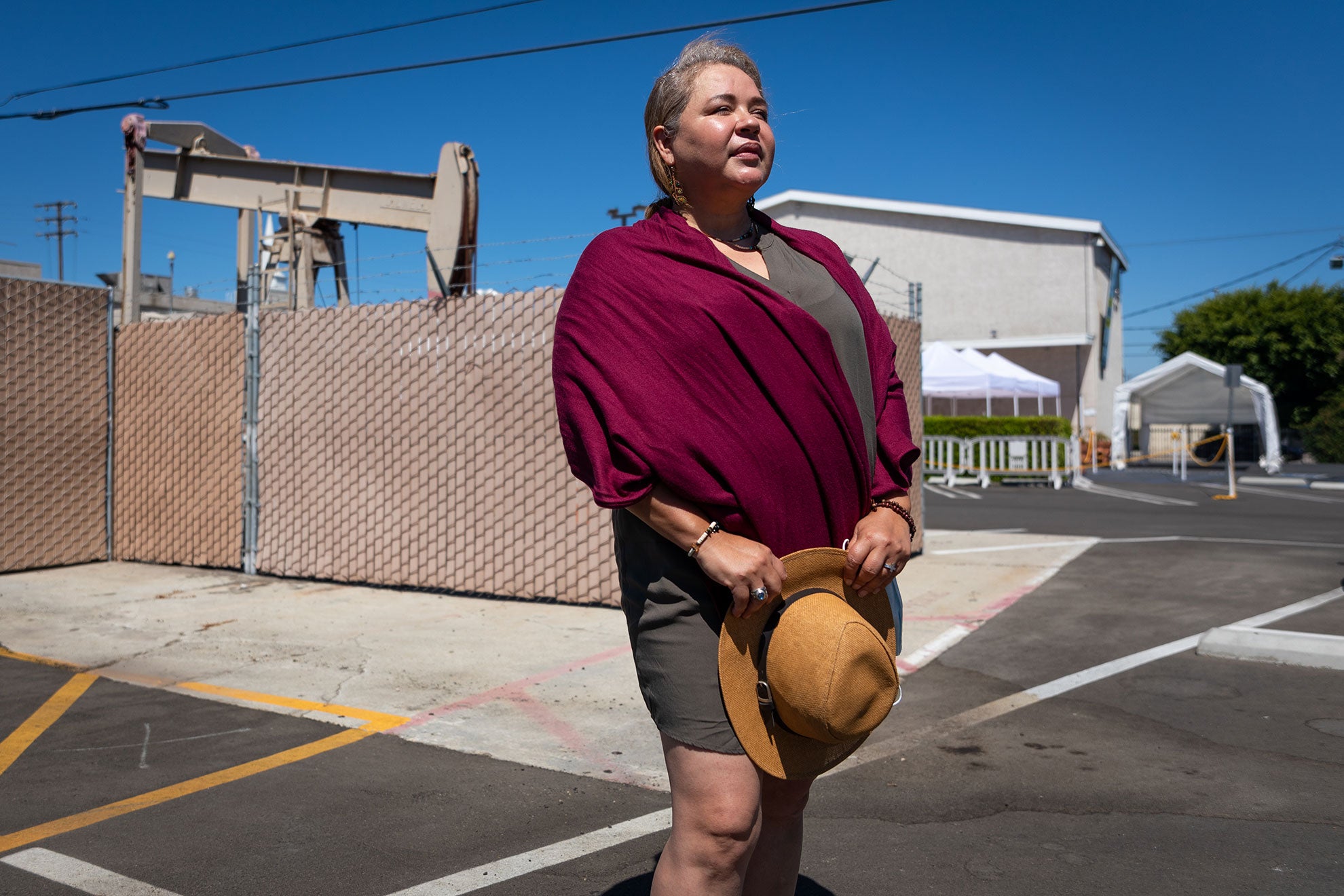
Epicenter of a Dirty Industry
About 500 miles north of Los Angeles, the Central Valley is now the epicenter of extraction in California. Derricks encroach upon fields that grow at least a third of the nation’s produce. Entire residential neighborhoods are surrounded by vast oil fields.
In Kern County, where more than half the population is Latino, residents breathe some of the most polluted air in the country. Bakersfield, the largest city in Kern County, is identified by the American Lung Association as the most polluted city in the United States for year-round particle pollution and the second most ozone-polluted city. Nearly 70,000 Bakersfield residents live with asthma.
The new bill passed by the state legislature creates buffer zones (or “setbacks”) that will protect around 2.7 million Californians who currently live within 3,200 feet of an active oil or gas well. Most of these wells are in “sacrifice zones” where the industry has focused its drilling in low-income neighborhoods and communities of color. Across the state, people of color represent more than nine out of 10 residents who live near oil and gas wells.

Inheriting a Health Crisis
While policymakers have been slow to address the problem, researchers have been investigating the public health impacts of neighborhood drilling — which can span generations.
Californians living near oil and gas wells are exposed to a mix of air pollutants that are linked to asthma, cancers, pregnancy complications, preterm births, and increased risk of dying from COVID-19 because of long-term exposure to air pollution.
Though the industry tries to obscure the chemical contents of their slurries and methods, drilling is known to spread harmful chemical byproducts such as benzene (a known carcinogen) and hydrogen sulfide. And as oil reserves diminish after decades of extraction, companies resort to even more polluting techniques, using a slew of toxic chemicals to extract the last dregs of crude oil.
A growing body of research shows that babies born near oil and gas wells are more likely than average to experience health threats including premature birth, heart defects, and low birthweight. Between 2006 and 2015, more than a million babies were born in California to mothers who live within one kilometer (roughly 3,200 feet) of an oil or gas well.
Nalleli Cobo moved into the Esperanza Apartments, near the AllenCo Energy drill site in Los Angeles, when she was 4 years old. Her family stayed for 10 years. “The nosebleeds started when I was 9 years old,” says Cobo, who was diagnosed with cancer. “They weren’t your typical nosebleeds. If they happened at night, I would sleep upright in a chair to stop from choking on my own blood. I couldn’t sleep lying down.”
Nalleli Cobo
Resident of Los Angeles
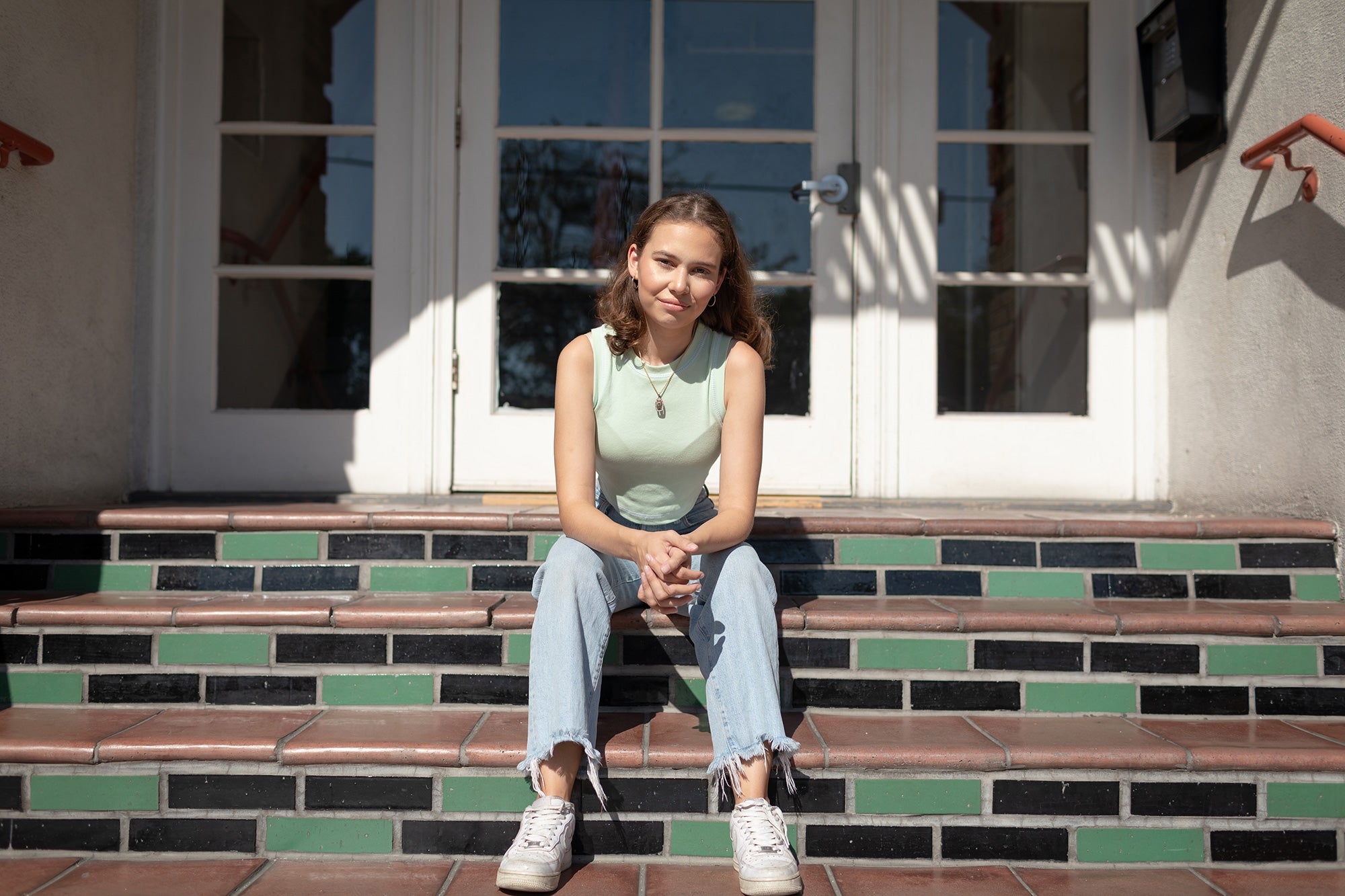
As a child, Cobo attended neighborhood rallies with her mom, demanding the end of oil extraction in Los Angeles. She soon co-founded the grassroots campaign People Not Pozos (People Not Oil Wells), which filed complaints with their local air quality agency against AllenCo. After EPA toxicologists investigated the drilling site near Cobo’s home, AllenCo voluntarily suspended operations. The well officially closed in 2020.
“Neighborhood oil drilling shouldn’t exist,” she says. “It’s inhumane to drill next to where someone’s living. People of color have been ignored on this issue, but we’re not guinea pigs, and we’re more than statistics.”
Cobo, now 21, has gone on to win the Goldman Environmental Prize for her advocacy and was a Time 100 Next recipient in 2022 — and, she is a cancer survivor. “In my heart, I think the cancer is connected to the oil and gas drilling I grew up with,” she says.
Fighting for Change
A movement to change outdated rules from CalGEM, the state oil and gas regulatory agency, spurred environmental advocates into action. Organizations like VISIÓN, a coalition of grassroots environmental justice groups across Kern County and Los Angeles, organized under the powerful rallying cry, “No Drilling Where We’re Living.”
“CalGEM’s failures to act have put California far behind other states,” says Cesar Aguirre. Aguirre, a Kern County organizer with VISIÓN and the Central California Environmental Justice Network, has helped community members share their stories to urge California regulators to end neighborhood oil drilling.
“These oil companies never should have been able to make a profit drilling next to someone’s backyard at the expense of people’s health. What’s happening in our state is not normal, and CalGEM must take action now to protect our communities.”
Cesar Aguirre
Organizer with VISIÓN and the CCEJN
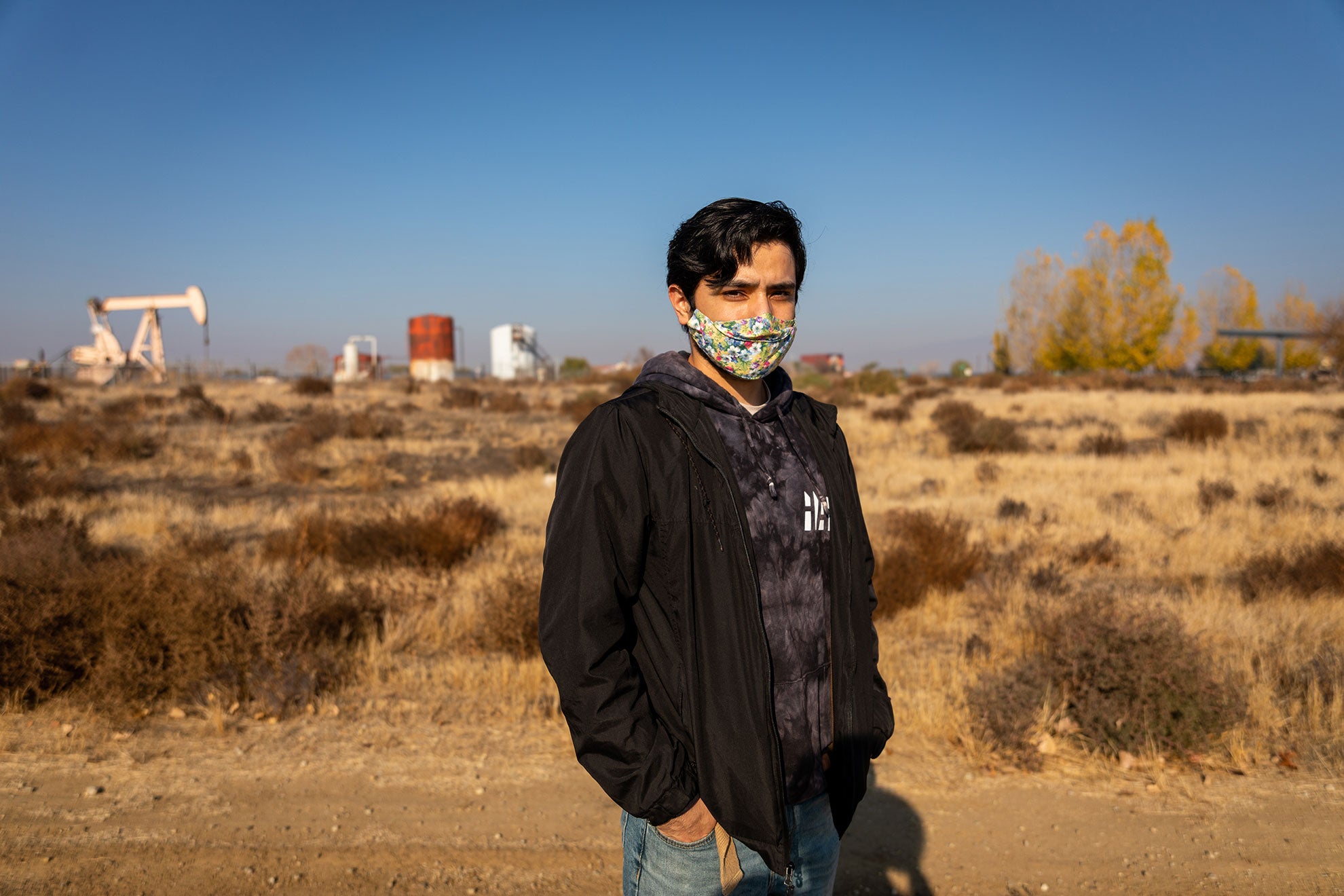
The statewide setbacks bill comes amid other efforts to overhaul California’s harmful relationship with the fossil fuel industry.
CalGEM was embroiled in scandal in 2019 after watchdog groups revealed that regulators made personal investments in the oil companies they were supposed to oversee. After a shakeup from Governor Newsom, CalGEM has reoriented its priorities from promoting oil and gas extraction to protecting public health.
At the local level, leaders in the coastal Ventura County are committed to limiting climate emissions and protecting communities from unchecked oil and gas development.
The county passed an ordinance that not only establishes buffer zones between oil wells and communities, it also closes a permitting loophole that allowed oil companies to expand operations without environmental review.
In response, a major oil company sued the county, so Earthjustice has intervened to defend the ordinance on behalf of local groups.
Some jurisdictions in California are pushing for more than setback protections alone and are advancing the full phase-out of oil and gas drilling. For example, the Los Angeles City Council approved an ordinance that will prohibit new oil and gas extraction activities and phase out existing oil drilling citywide — a huge win for frontline communities who advocated for years for this commitment.
But while these measures aim to minimize negative health impacts for future generations, they do not remove the existential threat of California's continued reliance on planet-warming fossil fuels. The oil and gas industry are working hard to perpetuate that reliance, spending $10 million on lobbying state officials in 2020 alone.
Earthjustice will continue to support our partners in pushing CalGEM to adopt regulations that measure up to the scale of the climate and public health crises.

Updated on Sept. 25, 2023. A version of this story appeared in the Earthjustice Quarterly Magazine.
Zoe Woodcraft's work focuses on communications for Earthjustice's Right to Zero campaign. She partners with communities and reporters to improve environmental health issues.
Alison Cagle is a writer at Earthjustice. tells the stories of the earth: the systems that govern it, the ripple effects of those systems, and the people who are fighting to change them — to protect our planet and all its inhabitants.
Tara Pixley is a visual journalist based in Los Angeles.
The California Regional Office fights for the rights of all to a healthy environment regardless of where in the state they live; we fight to protect the magnificent natural spaces and wildlife found in California; and we fight to transition California to a zero-emissions future where cars, trucks, buildings, and power plants run on clean energy, not fossil fuels.